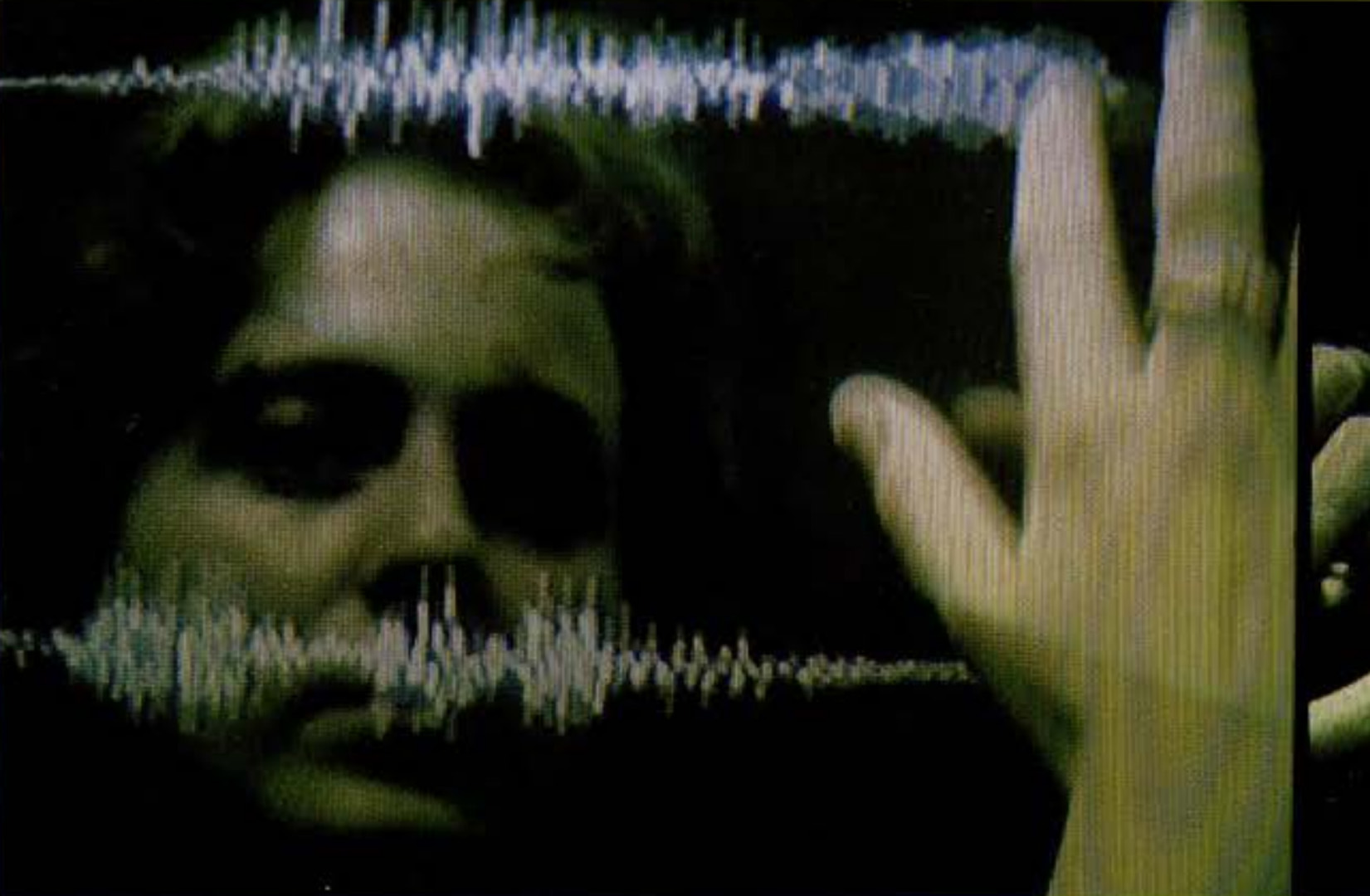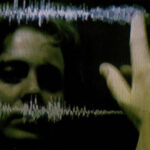“KAFERLEIN…” by Mona Sarkis
Title:
- KAFERLEIN…
Artist(s) and People Involved:
- Mona Sarkis
-
- Institut für Neue Medien
Exhibiting Artist(s):
Symposium:
Artist Statement:
This work is an interactive computer installation, but it is to be understood as a work that uses the medium against itself. I was inspired by a text by Kandinsky in which he compared the progress of each generation with a little beetle running beneath a glass plate. After a while the beetle can see, but can’t go any further. Thus I came to the sentence, “Little beetle, walk a bit further”. It expresses the forward-looking mentality one is exposed to when working with ‘interactive’ technology. But of course one strives to get away from this dull and stiff programming which excludes any flexibility and freedom. Even though, we still fear the day that we will have truly intelligent computers.
Another problem with interactivity was well pointed out by Herrmann Sturm, who said that true interac-tion is in fact stopped by so-called interactivity. Human acting is reduced to the pushing of keys; technical effects and results gain monumental proportions. Therefore Sturm’s question as whether experience is still possible in this push-button-world, sounds to me quite legitimate. These objections are reflected in the second sentence, “Lone searchers never trust serene lies”.
The two sentences are decisive for the work. In German each consists of five words. We have five fingers at each hand and five sensor keys at each side of the monitor. If the viewer wants to hear the whole sentence they must push all five sensor keys simultaneously, which is not so easy. If they want to hear the development of the first into the second sentence, they have to keep pushing. Pushing is ‘rewarded’ here, as it seems to be our main experience today — viewers will really have to work on their pushing-activity in order to receive the full information. The hologram is lit in order to be viewable from both sides (as a reflection and a transmission) and in order that the front image (from transmission) is reflected four times in four acrylic sheets, in the receding distance. This gives a kind of animated sequence of a repetitive image in a sculptural apparatus. The viewer is invited to look all around and in between the tripods supporting the four reflectors.
This is a self-portrait which is questioning my relationship — and human relationships in general —with technology: alienation or emancipation?






